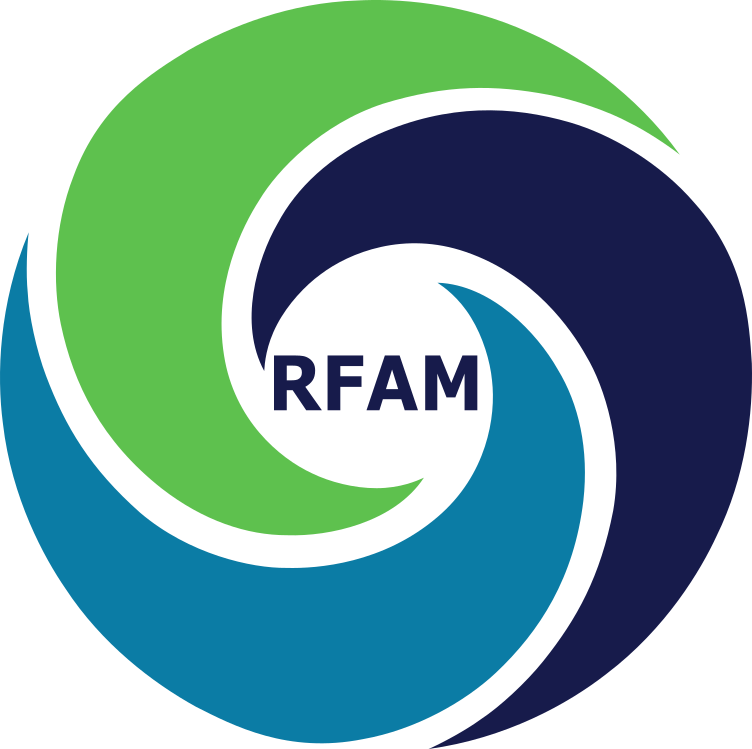What is Asset Management?
“A high-level strategy that defines an organized process of:
Planning
Maintaining
Operating
physical assets cost–effectively over their life cycle, while optimizing the future benefits to stakeholders.”
"Facility Management is Asset Management."Operations
Maintenance
Human Resources
Infrastructure
Asset Management is the process of controlling the costs, maintenance and risk of assets/equipment from planning to decommission. Asset Management can be applied to a variety of sectors - we will look specifically for the Recreation Industry and typical assets that fall under that umbrella. This guideline will be an introduction to Asset Management for Recreation - all subsequent guidelines will build on top of this foundation with more detail.
The Foundation
Before attempting to implement an Asset Management Strategy a complete Asset Inventory needs to be completed. It is not acceptable to evaluate the facility holistically rather an evaluation needs to drill down to the equipment within that building similar to how municipalities wouldn’t make evaluations are not based on the entire road network but on road sections. Whether by means of an informal/internal collection of relevant asset data or hiring a firm to conduct a building condition assessment (BCA). Ideally all information should be collected and managed while the facility is being built - but with majority of organizations dealing with aging infrastructure as opposed to new construction that option may not be feasible.
It is impossible to evaluate Investments, Level of Services and Risk without knowing all of the equipment you are in charge of. Ideally for organizations starting from scratch they should focus on their Capital Assets (Any asset that if it were to fail would significantly impact the operation and financial constraints of the organization.) Example of Capital Assets would be such thinks as Compressors, Chillers, Roof Top Units, etc. on the other side there are Active Assets which are typically any item that could be easily replaced if it were to fail or would not significantly impact the operation of your facility, Park or Trail. An easy way to determine the difference between Active and Capital Assets would be to implement an Asset Value Threshold (any assets above a certain dollar value would be considered Capital) there may be a few outliers but this will be a great first step.


